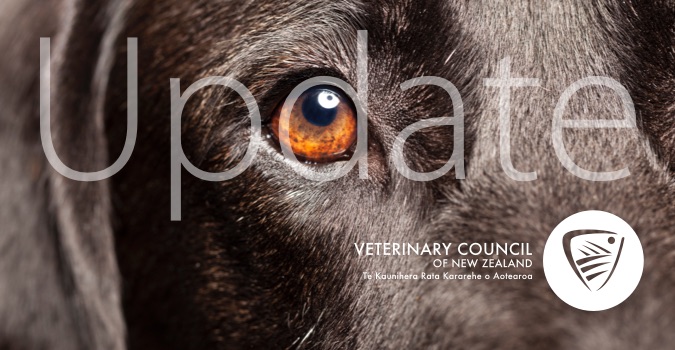
31 August 2021
Chris Hipkins, the Minister in charge of the COVID-19 response, has made the COVID-19 Public Health Response (Alert Level Requirements) Order (No 10) 2021 . This update provides some updated guidance based on the Order.
In general, the requirements for level 4 haven’t changed. You can see our advice from previous updates here. As we said on Friday, while veterinarians should only be providing essential care, that can be assessed in the context of a longer lockdown, meaning some procedures that could be delayed for a week or two can no longer be put off.
The Order provides clarity on the rules for level 3. Key points for vets and practices:
- People must still stay at home except for essential personal movement, which includes obtaining necessary care for their animals.
- QR codes must be displayed at or near the main entrance of each workplace (clinic).
- Practices must also have an alternative system for contact tracing.
- Practices may allow clients to enter the premises, but don’t have to.
- Masks are not mandatory for those entering veterinary premises, but practices may choose to require them.
- The 1 metre physical distancing rule applies to everyone working in, or entering, a veterinary clinic.
- Practices must have systems and processes in place to maintain compliance with the 1 metre rule and, as far as practicable, mitigate the risks of spreading COVID-19 that arise where physical distancing can’t be maintained (e.g. plastic barriers, regular cleaning of surfaces).
- Practices must have systems and processes to minimise worker travel between regions and alert level areas and mitigate the risks of spreading COVID-19 from workers that do travel. Regions are the areas covered by each regional council — you can find a map of regional and alert level boundaries here.
Bear in mind that these are the minimum legal requirements that must be met. Businesses still have responsibilities to keep their staff and clients safe and may choose to do more, for example:
- Continuing to not allow clients to enter the premises.
- Making mask-wearing a condition of entry into the premises. If a business elects to do this, it would be prudent to make the conditions of entry clearly visible by the entrance (e.g. a sign on the door).
- Setting up “team bubbles” to mitigate for the risk that a staff member gets COVID-19. Providing there is no contact between separate bubbles, this may allow a clinic to avoid having all staff be required to isolate.
As we have previously advised, the focus shifts from only doing essential work to only doing work that can be done safely. This means that routine and non-urgent care can be provided as long as distancing and other safety precautions are used. It’s important to remember that health and safety law still applies and that includes managing the risk to staff of contracting COVID-19.
Alert level boundary crossing exemptions
We’ve received some feedback from MPI about the exemption applications received so far. When assessing requests, they consider whether crossing the boundary is needed to avoid breeching the Animal Welfare Act (i.e. whether not granting it would result in unreasonable or unnecessary pain or distress. Some information that has been missing from many applications so far:
- Context about why a veterinarian on the other side of the boundary couldn’t do the work.
- How they plan to mitigate the risk arising from crossing the boundary.
Skill levels (in and of themselves) and commercial imperatives, are not considered good justification for granting an exemption. The people assessing the applications can ask for missing information but that slows the process down and it is preferable to provide a detailed, compelling case as part of the initial application.
The alert level boundaries will be in place from 11.59pm today. For those crossing the border:
- There will be two checkpoints Northbound and Southbound on SH1 with dedicated freight lanes. Please see the boundary map here.
- Plan for delays and avoid peak travel times when crossing boundaries.
- Ensure travel documentation is prepared and ready for review, this can either be printed copies of your evidence or electronic copies on your device.
- The Business Travel Document can be used as evidence of your right to travel across the boundary, this will contain a QR code.
- You must have a form of photo ID
For more information about inter-regional travel please visit here or here .